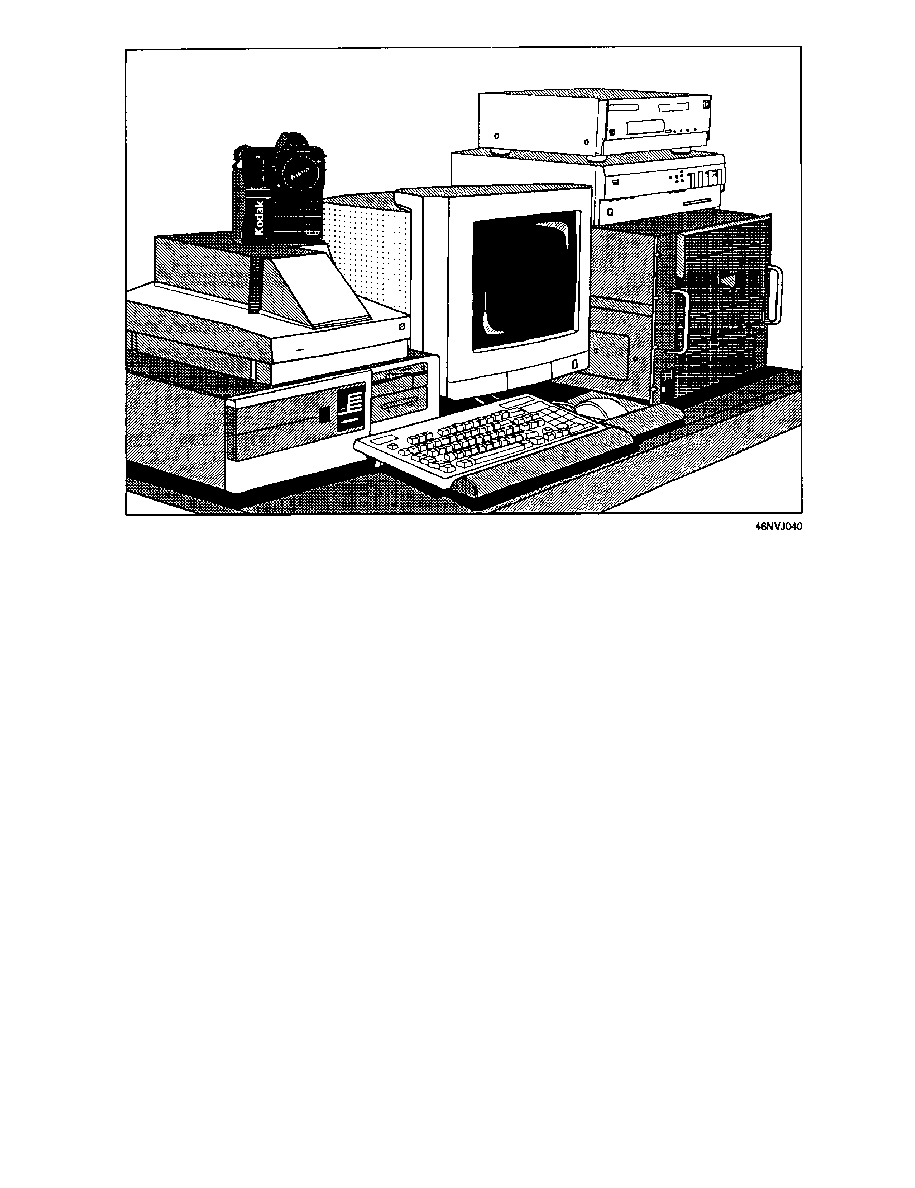
DOFMaster
for Windows
On-line
Depth of Field
Calculator
DOFMaster for Mobile Devices
On-line
Depth of Field
Table
Hyperfocal
Distance Chart
Articles
FAQ
Recommended
Books
Support
Contact
Links
Home
for Windows
On-line
Depth of Field
Calculator
DOFMaster for Mobile Devices
On-line
Depth of Field
Table
Hyperfocal
Distance Chart
Articles
FAQ
Recommended
Books
Support
Contact
Links
Home
As an Amazon Associate I earn from qualifying purchases.
![]()
than you could accomplish in a conventional darkroom;
they do it much quicker.
imaging from minicomputers or mainframe computers
to desktop models. Because software is continually
being improved and updated, the application of specific
computer software is not addressed in this chapter.
images and to control input and output devices.
photograph. A number of graphic boards are available
(CRT) color displays. A high-resolution, noninterlaced
monitor and a 24-bit video card are essential viewing
images. A 24bit video card allows for 16.8 million
colors to be displayed.
produced by a pattern of dots. Bit-mapped images are
sometimes called "pixel-oriented," "raster," or "paint"
images. At high resolutions, the individual dots are not
discernable.
important for you to view what you have done.
Therefore, a calibrated color monitor is important so
you can see the images or "soft proofing" before you
print the images. Monitors for electronic imaging use
the additive system. They combine red, green, and blue
and add it to the black surface of the screen to create
colors.
PITCH of the screen is the size of a single pixel. On
color CRT screens, a single pixel is composed of three
phosphor dots: red, blue, and green. These phosphor
dots are struck by an electron gun through a screen or
mask. The resolution of the CRT depends on the size
of the holes in the mask. The holes in the mask are
Advanced Photography Course

As an Amazon Associate I earn from qualifying purchases.
WWW.DOFMASTER.COM
© 2006 Don Fleming. All rights reserved.
© 2006 Don Fleming. All rights reserved.